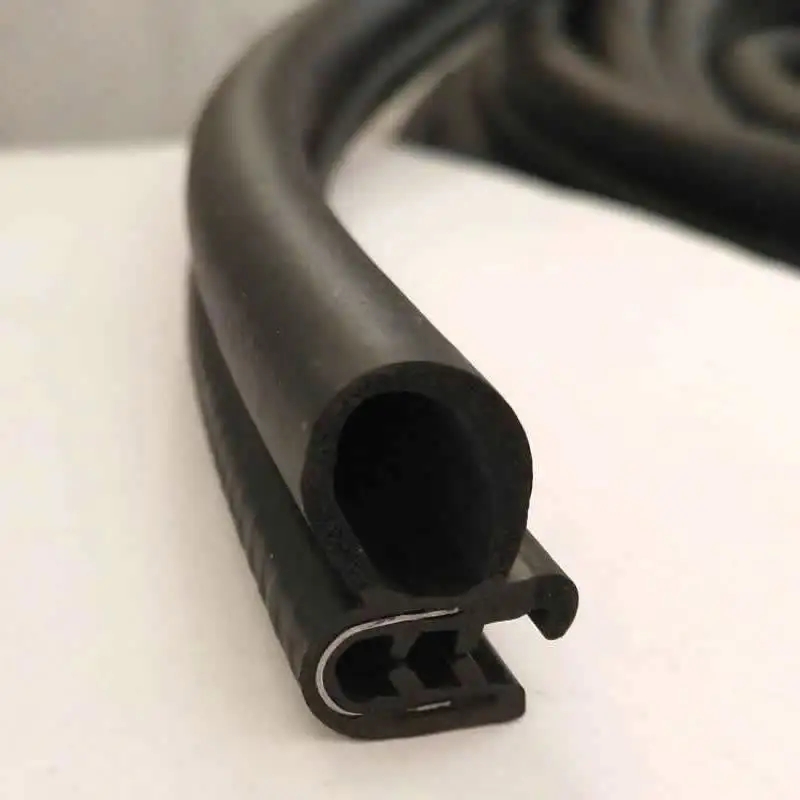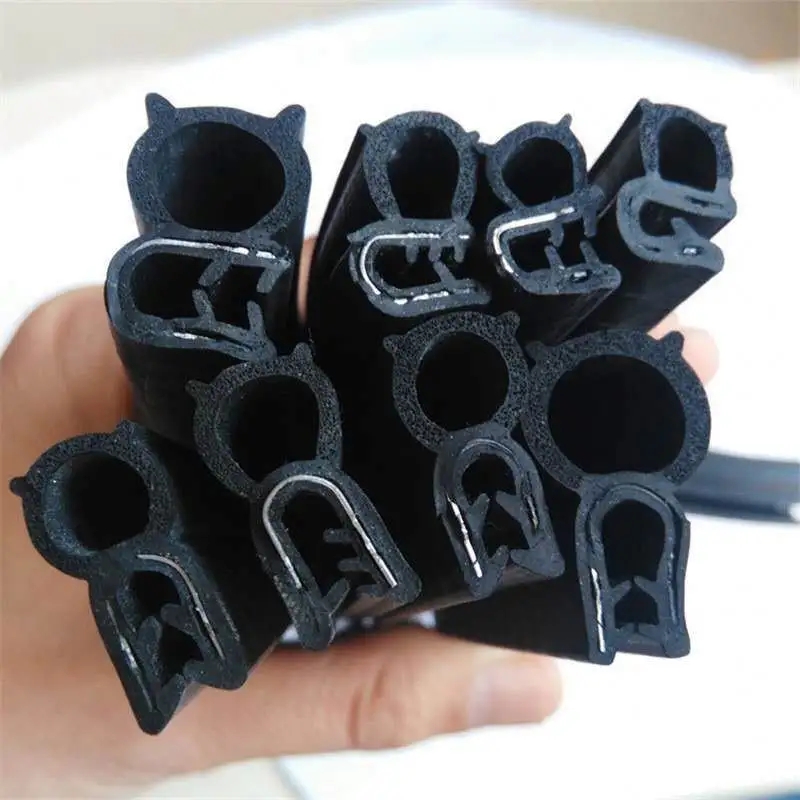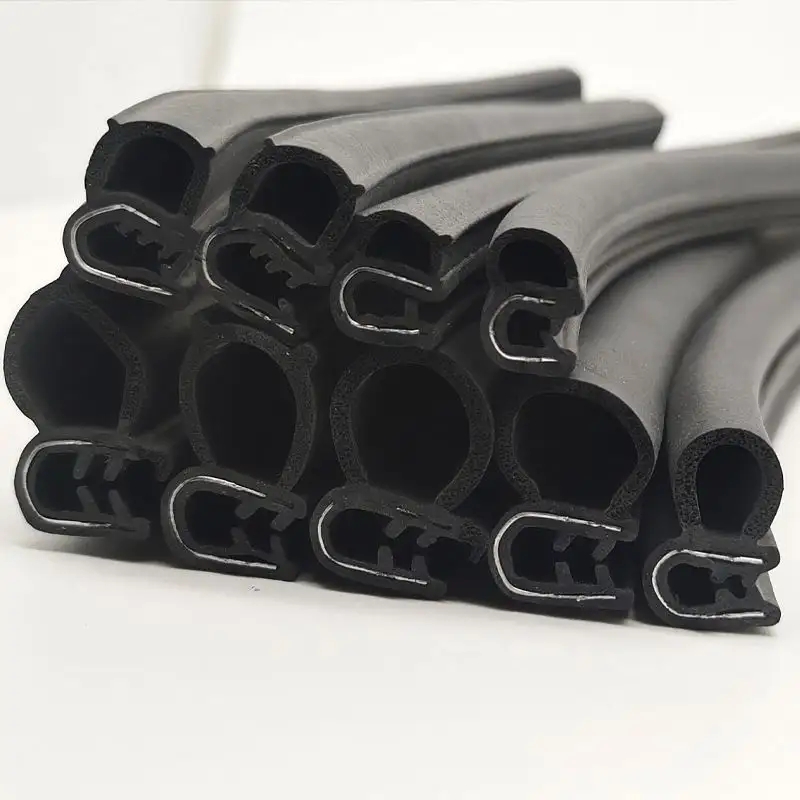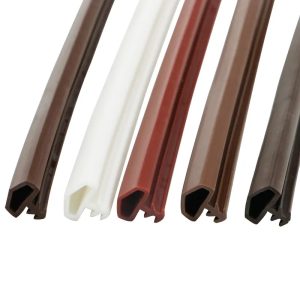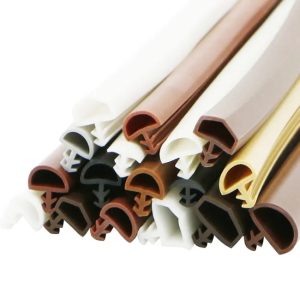Rubber Seal Strips: Unveiling the Secrets of Effective Sealing Solutions
Introduction:
Rubber seal strips, often taken for granted, are the silent champions of sealing solutions, performing vital functions in various applications. This article delves into the world of rubber seal strips, revealing their versatility and highlighting their role as effective sealing solutions in different industries.
Diverse Material Selection:
EPDM, Neoprene, Silicone: Rubber seal strips are available in various materials, each offering distinct characteristics. EPDM excels in weather resistance, neoprene in chemical resistance, and silicone in flexibility and high-temperature tolerance.
Customization for Precision:
Rubber seal strips can be tailored to specific dimensions and shapes, ensuring a perfect seal for windows, doors, machinery, and more.
Effortless Installation with Adhesive Backing:
Many rubber seal strips come with adhesive backing, simplifying the installation process, saving both time and effort.
Shapes and Profiles for Every Need:
Available in a wide array of shapes, including D-shaped, P-shaped, and more, rubber seal strips cater to various sealing requirements across different industries.
Versatile Applications:
Automotive: Rubber seal strips are indispensable for sealing doors, windows, and hoods, offering noise reduction and effective weatherproofing for vehicles.
Construction: They create watertight and airtight seals in windows and doors, enhancing energy efficiency in buildings.
Manufacturing: In manufacturing, rubber seal strips reduce vibration and noise in machinery while acting as a barrier against dust and contaminants.
Home Improvement: Homeowners benefit from these strips by sealing gaps around windows and doors, leading to improved insulation and reduced energy costs.
Key Advantages:
Weather Resistance: Rubber seal strips effectively keep out rain, wind, and other harsh elements, ensuring that interiors remain protected in all weather conditions.
Noise Reduction: They provide acoustic insulation, creating quieter and more comfortable indoor environments, which is vital for residential and industrial settings.
Energy Efficiency: By sealing gaps and preventing air leakage, rubber seal strips contribute to energy efficiency by reducing heating and cooling costs, leading to financial savings.
Dust and Insect Barrier: These strips act as a protective barrier against dust, pollutants, and insects, ensuring a clean and hygienic environment.
Vibration Dampening: Rubber seals absorb and dampen vibrations, increasing the longevity of machinery and improving overall performance.
Conclusion:
In conclusion, rubber seal strips are versatile and essential components in a wide range of applications, addressing diverse sealing requirements in different industries. Their adaptability, ease of installation, and durability make them a popular choice for professionals and do-it-yourself enthusiasts. Investing in high-quality rubber seal strips ensures effective sealing, protection, and insulation, making them indispensable in countless projects.






